Question from Caycee L.:
I was watching that movie “The Aviator” about Howard Hughes. It looks like he was really smart, and he definitely did a lot for the aviation world, but also alot of his inventions failed. Do you know how many of his inventions received patents?
Howard Hughes formed the Hughes Aircraft Corporation to pursue his interest in aviation. Hughes Aircraft has 6054 U.S. patents.
The basis of Howard Hughes’ fortune was patents held by his father Howard Hughes Sr. On August 10, 1909, Howard Hughes Sr. was granted U.S. Patent 930,758 and U.S. Patent 930,759 for a two-cone roller bit. His bit allowed for drilling for oil in previously inaccessible places
Howard Hughes Jr.’s father passed away when he was only 18 and he acquired 75% of the Hughes Tool Company. Hughes took this inheritance worth one million dollars and turned into a two billion dollar fortune thanks in part to patent rights.


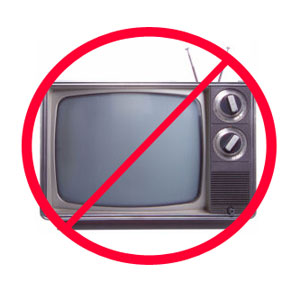 Five technological advancements in the last decade have led to the current trends in consumer electronics. Without these advancements, we would not have iPods, digital cameras, TiVos or Blackberries as well as many other electronic devices.
Five technological advancements in the last decade have led to the current trends in consumer electronics. Without these advancements, we would not have iPods, digital cameras, TiVos or Blackberries as well as many other electronic devices.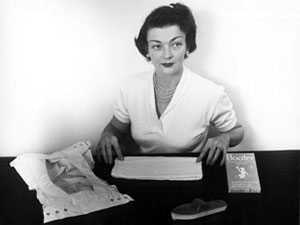 Marion Donovan spent a large part of her childhood in a manufacturing plant run by her father and uncle who invented many things including an industrial lathe. This experience instilled Marion with an inventive spirit.
Marion Donovan spent a large part of her childhood in a manufacturing plant run by her father and uncle who invented many things including an industrial lathe. This experience instilled Marion with an inventive spirit.
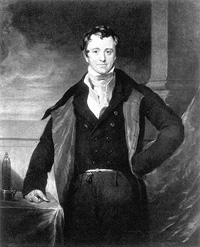 Nitrous Oxide as an Anesthetic
Nitrous Oxide as an Anesthetic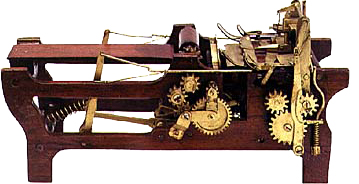 Margaret Knight is credited with over 90 different inventions and she received 26 patents in her lifetime. Her patents included textile and shoe-making machinery, domestic devices, and an automobile engine. She received her first patent at the age of 30 but was inventing her entire life.
Margaret Knight is credited with over 90 different inventions and she received 26 patents in her lifetime. Her patents included textile and shoe-making machinery, domestic devices, and an automobile engine. She received her first patent at the age of 30 but was inventing her entire life.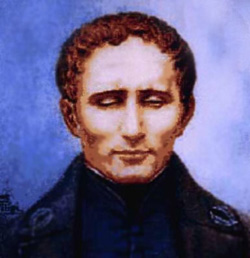 At the age of 3, Louis Braille accidentally poked himself in the eye with a stitching awl from his father’s workshop. The original injury was not very serious, but Louis went blind when the eye later became infected. That trauma then lead to the young boy going blind in his other eye, too.
At the age of 3, Louis Braille accidentally poked himself in the eye with a stitching awl from his father’s workshop. The original injury was not very serious, but Louis went blind when the eye later became infected. That trauma then lead to the young boy going blind in his other eye, too.